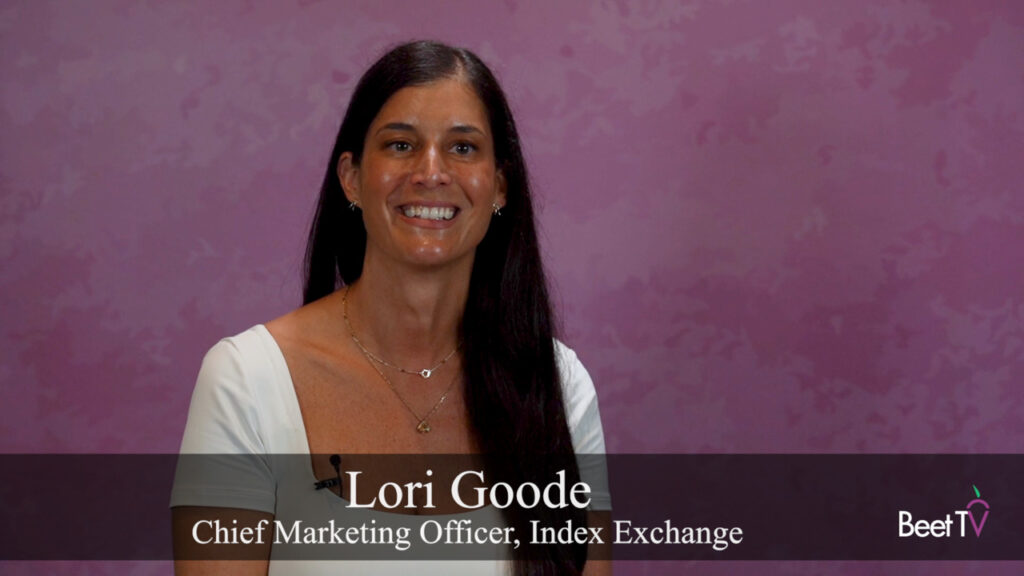TORONTO — If you are an auto maker, aiming the TV ads for your hard-wearing SUV at winter drivers in snowy North America may seem like ample targeting.
But, when it marketed its new Atlas, Volkswagen Canada wanted to go a step farther.
Recently, the company worked with Canadian telco and TV company Rogers to show its Atlas ad only to linear TV viewers known to be in-market for the vehicle.
The company took audience data from Auto Trader in the form of cookies. From there, it merged the Auto Trader cookie pool with its own cookie pool, since both Auto Trader and Rogers each used a common data management platform from Adobe.
Using set-stop box TV data that reported what shows people frequently watched, for how long and when, the company was then able to custom target TV ads based on the multiple signals.
In this video interview with Beet.TV, Volkswagen Canada brand marketing specialist Virginie Ludmer explains why the company embarked on this method.
“The origin of that pilot came really (when we asked), ‘How we are buying TV?’, ” she says. “TV is being questioned at different levels, whether it is in our own department or within the industry. So the reason why we did that pilot was, ‘How can we prove that TV is working?'”
In doing so, Ludmer found that her team was able to use, in TV, the kinds of advertising techniques to which they have become accustomed in online advertising.
“That shift that actually ended up being kind of breakthrough for us as suddenly we’re talking to the same people and we were able to say, ‘No, I’m not just reaching out to these guys actually online, I know I’m actually talking to them via TV’.
“That was key. The beauty of this project was to be able to actually achieve that but with a traditional medium.”
Around the world, TV is being reinvented. As more dongles, consoles and other devices are plugged in, as more TV sets themselves are internet-enabled, the old linear box suddenly can deliver video ads delivered over the internet – and not just to on-demand streams; linear viewing is getting an upgrade, too.
That’s the output. On the input side, all the buzz is about doing the targeting for those executions using a mix of data from operators, brands themselves and other parties, too.
Closing the attribution loop, VW’s Ludmer says the whole campaign has allowed her to track viewers of her ads all the way through to purchase on the dealership floor.
“We had this full nurturing strategy all the way from screen number one, which was TV, all the way down to actually bringing people into dealership,” she says.
“Most of the time, we stop at the dealership level. But here we were even able to do a sales match back. So we’re saying, ‘We targeted this specific person and that actually ended up buying an Atlas’.”
This video was recorded in Toronto at the Future of TV Advertising Forum. This Beet.TV series is sponsored by Finecast. For more segments from Toronto, please visit this page.






































